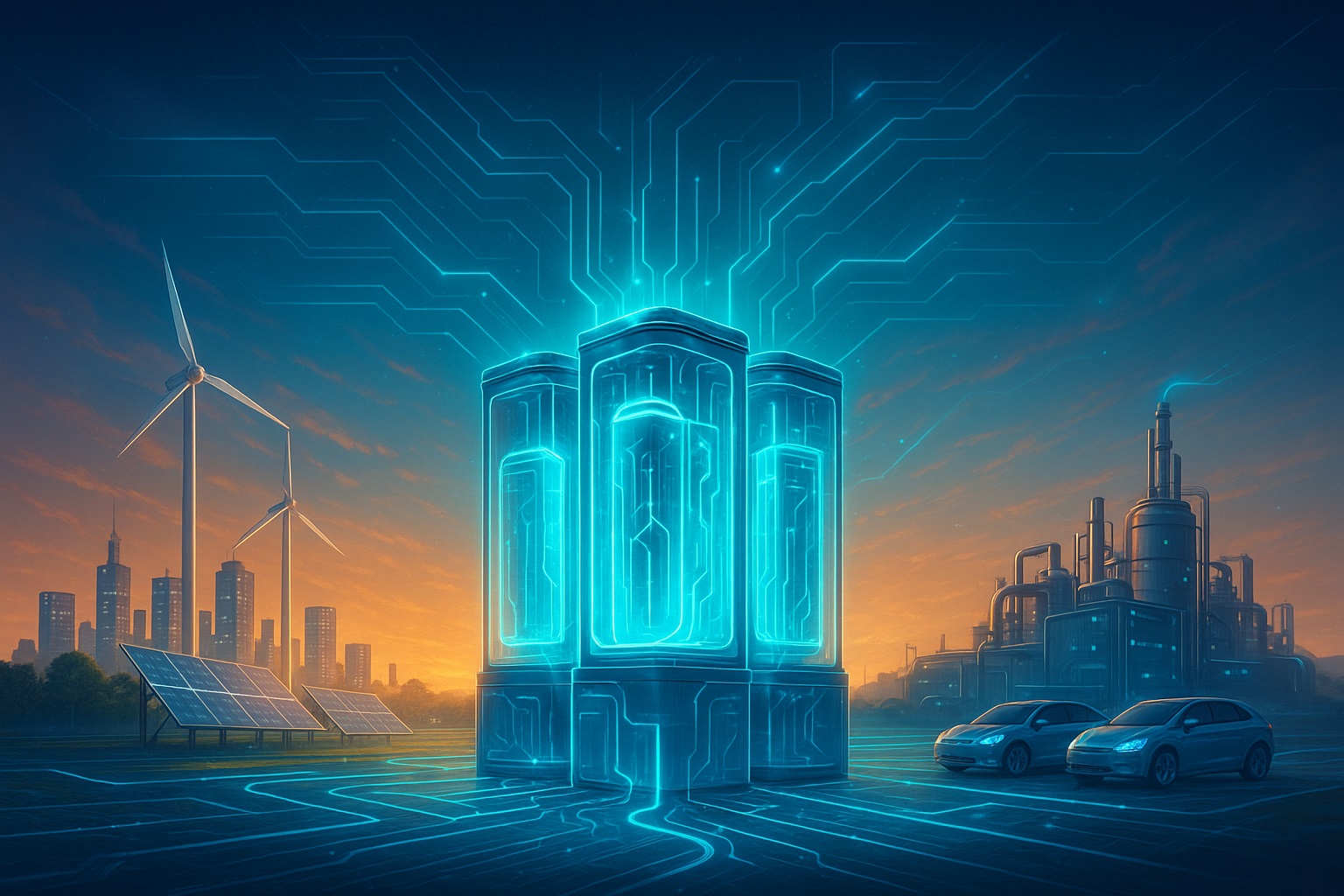When most people think of batteries, they picture a backup plan—a safety net for when the grid goes down. But in today’s world of rising energy demands and renewable power growth, energy storage solutions have evolved into something much bigger. They’re no longer just about emergencies; they’re fast becoming the backbone of a clean, reliable power system.
Why Energy Storage Matters More Than Ever
Electricity isn’t just about convenience anymore—it’s about survival. Homes depend on it for everything from food storage to air conditioning, while businesses need it to keep operations running around the clock. At the same time, countries everywhere are racing to adopt renewable energy sources like solar and wind.
Here’s the catch: renewables don’t run on our schedules. The sun sets, the wind stops blowing, and power demand often peaks when clean energy isn’t readily available. Without storage, much of that green energy gets wasted. That’s why energy storage solutions are no longer optional; they’re essential for balancing production and demand.
Lithium Batteries at the Heart of the Shift
At the center of this energy transformation are lithium batteries. Unlike older technologies like lead-acid, lithium batteries are lighter, longer-lasting, and far more efficient. They can store more energy in smaller spaces, recharge quickly, and deliver steady power when needed most.
For homeowners, this means storing excess solar energy during the day and using it at night, slashing grid dependence and saving money. For businesses, lithium-powered storage provides not only backup during outages but also cost control by reducing reliance on expensive peak-hour electricity. On a larger scale, they enable entire communities to embrace renewable power with confidence.
From Backup to Smart Energy Management
It’s easy to think of energy storage as something you use only when things go wrong, but that’s an outdated view. Today’s storage systems are designed for much more than emergencies—they’re about control, efficiency, and flexibility.
Imagine being able to choose when you use stored power versus when you pull from the grid. During peak demand hours, when prices spike, you can tap into your own reserves. When renewable production is high, you can capture that clean energy instead of letting it go unused. This kind of smart energy management not only lowers bills but also reduces strain on the grid.
Resilience in a Changing World
Climate change is bringing more extreme weather, and with it, more risks to power infrastructure. Blackouts caused by storms, heatwaves, or equipment failures are becoming more frequent. Localized storage solutions offer resilience—keeping lights on in homes, powering critical equipment in hospitals, and ensuring businesses don’t grind to a halt.
This resilience is just as important as sustainability. Together, they create a power system that is cleaner, stronger, and more reliable. And with lithium batteries leading the way, this vision is becoming reality faster than many expected.
The Backbone of Clean Power
So, is energy storage just a backup? Not anymore. In the age of renewables, it’s the backbone of clean power. By ensuring renewable energy can be stored and used whenever it’s needed, storage turns solar and wind into reliable, everyday energy sources. Without it, clean power remains inconsistent. With it, we have a pathway to a sustainable, dependable future.
Final Thoughts
The way we think about energy storage is changing. What used to be seen as an optional add-on has become central to how we produce, manage, and use electricity. Energy storage solutions, driven by the power of lithium batteries, are shaping a future where energy is not only greener but also more secure and affordable.
In short, storage is no longer sitting quietly in the background—it’s taking its place as the backbone of clean energy.



